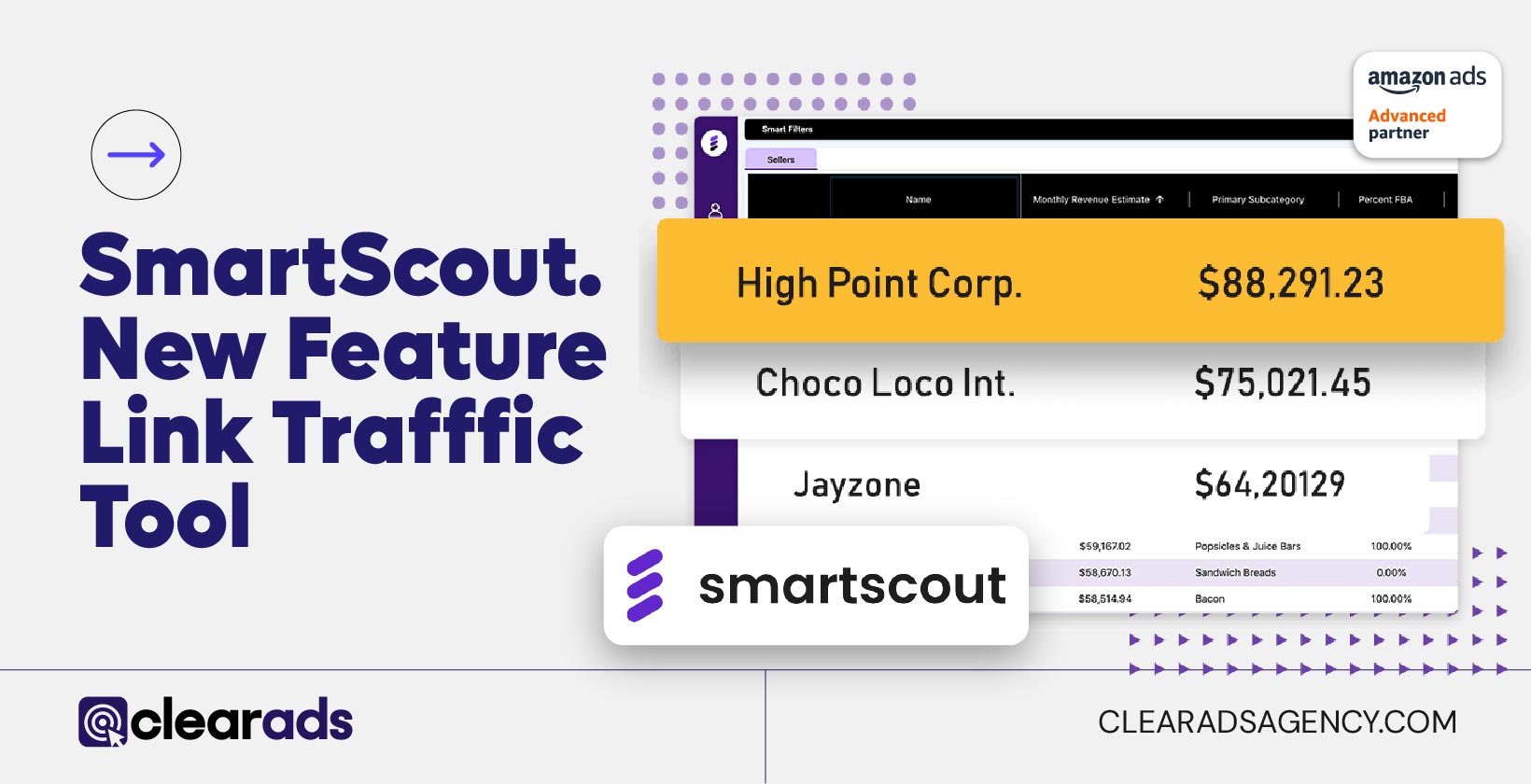For as long as most of us have known the internet, we have also been accustomed to cookies, an invention that was first implemented in 1994. Whilst they’re old enough to have been invented before the first Nokia brick phone, most of the public will sheepishly admit they have very little understanding of what a cookie is.
To put it simply, cookies are small files, which often include unique identifiers that web servers send to browsers in order to track your journey online.
Their main uses are to track website visitors, improve the user experience, and collect data that helps to target ads to the right audiences. They are actually called cookies after fortune cookies, which also contain a little snippet of information about you.
So now you know, internet cookies are much less tasty and much more nosy than what your grandma makes. Though you might know a little more about cookies, fortunately you can forget everything I have just mentioned as it seems that internet cookies as we know it are soon going to be past their ‘best before’ date.
Why is the cookie crumbling?
With new privacy legislation and mobile OS/browsers updates, the cookie is slowly losing its place in the space. This is due to Google’s efforts to phase out third party cookies on Google Chrome, displayed clearly in a chromium blog in which it states Google ‘can sustain a healthy, ad-supported web in a way that will render third-party cookies obsolete’. This was written over two years ago in January 2020 with the intention of eliminating cookies by the year 2022.
Fast forward a couple of years and while cookies are still being used, they are definitely fading away, a trend which will continue as time goes by. This phase out has already been successfully carried out by Firefox and Safari, with new privacy-first browsers such as Brave also making an appearance. The impact of Chrome doing the same thing will cause monumental changes due to it making up more than half of the web browser market.
What is the consensus on this happening?
As is common to happen anytime a significant change is made, there have been a lot of discussions and disagreements as to whether this decision is for the best. A voice of particular dispute has come from many advertising agencies who are concerned with how this may impact their industry. In spite of the dispute, Google have rationalized the change as ‘”users are demanding greater privacy–including transparency, choice, and control over how their data is used.”
In a recent survey, GetApp, which provided HubSpot with exclusive data, discovered that:
- 41% of marketers believe their biggest challenge will be their inability to track the right data.
- 44% of marketers predict a need to increase their spending by 5% to 25% in order to reach the same goals as 2021.
- 23% of marketing experts plan on investing in email marketing software due to Google’s new policy.
What’s next for digital advertising?
With such an integral part of digital advertising potentially being wiped out, it paves the way for a new technology to collect, store and utilize consumer data in order to deliver personalized ads to specific target audiences.
*Queue slow walk in with wind blowing through hair*…
Here comes Amazon DSP. Whilst cookies that utilize third-party data are being dissolved, the first-party data that is leveraged on Amazon DSP is still safe.
What is the difference between first and third party cookies?
To put it simply, third-party (3P) cookies are segments of information about a user that are used on a different website to the one that the cookie was generated from. It is called this because the cookie used isn’t specific to one website but is owned by an advertiser who may have their cookie on a multitude of websites and hence they can follow you around the internet.
An example of this can be observed when you shop for a product on one website (e.g. JD Sports) and see this same product advertised on a different website at a later time. The likelihood in these cases is that third-party cookies are being triggered. In any case where this is occurring, visitors must be informed that they are accepting a third-party cookie due to the amount of data that companies can retain from them.
On the other hand, first-party (1P) cookies can be used without consumer awareness. If a first-party cookie is implemented, like they are on Amazon DSP, you can learn about what a user did while visiting your website, see how often they visit it, and gain other basic analytics.
This allows advertisers to incorporate specific audiences based on their demographics or their activity on the specified website. However, you can’t see data related to your visitor’s behavior on other websites that aren’t affiliated with your domain.
How will Amazon DSP be used instead?
With the death of third-party cookies, Amazon DSP may have landed in the perfect position to be a platform with high gravity in the advertising space. This is because no site has better 1P insights than Amazon, which can be leveraged with custom or pre-built Amazon audiences in their DSP.
Amazon DSP offers a multitude of superior benefits over Google and Facebook – even when 3P cookies were in full force. Firstly, Amazon allows near infinite layers of custom-built product, store and content interactions, to allow for ads tailored to consumers who have interacted with your brand already. This allows you to remarket to those who have purchased or viewed your products or to cross sell one product that has been interacted with, with another in your brand.
In addition to this, you can utilize pre-built in-market, lifestyle/demo options. These are audiences which are provided by Amazon based on decades of shopper data that they have stored. For example, you can display ads of your alien covered wallpaper to people who like sci-fi books or to people with kids. By targeting specific demographics who have shared this data on Amazon, you can reach highly targeted audiences who have much higher probability of converting.
If you have access and are looking to boost you Amazon DSP knowledge and utilize this platform to full capacity, our DSP eBook will run you through all that you need to know to get started. You can find it here https://resources.clearads.co/amazon-dsp-the-beginners-guide-ebook-1
Conclusion
If your marketing mix includes other varieties of advertising but not Amazon DSP, we at Clear Ads, would implore you to investigate the benefits of Amazon advertising. The proof is in the results which can be seen from our Amazon DSP case studies here: https://clearadsagency.com/about-us/case-studies/ .
If you are interested in Amazon DSP or the potential of using our services to get access to the platform to boost your Amazon advertising, please contact lucy.r@clearads.co


